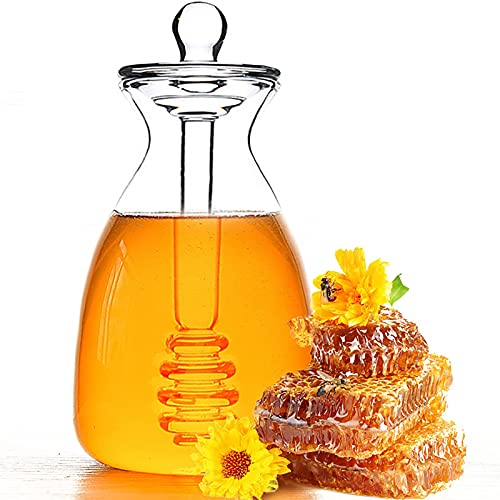Tea has become a beloved beverage for many, and it's easy to see why. Not...

The Journey of Honey from Hive to Table: Behind the Buzz
The Honey Bee
Honey, a natural sweetener cherished across cultures, undergoes a fascinating transformation from the busy beehive to our dinner tables. This journey begins in the heart of a beehive, where worker bees diligently collect nectar from blooming flowers. Equipped with specialized mouths known as proboscises, these bees extract the sugary substance, storing it in their honey stomachs, which are separate from their digestive stomachs.
Once the nectar-laden workers return to the hive, they share their bounty with other bees through a process called trophallaxis. This involves mouth-to-mouth transfer, during which enzymes are added to break down the sugars in the nectar. The bees then deposit this mixture into hexagonal beeswax cells, known as honeycombs.
To transform the nectar into honey, the bees play a crucial role by fanning their wings to circulate air throughout the hive, evaporating much of the water content. This process thickens the nectar into the viscous and sweet substance we recognize as honey. Once they’ve reached the ideal moisture level, the bees seal the cells with a wax cap, preserving the honey for future use.
Subscribe to their channel and ours.
The Stewards
Beekeepers, the stewards of the hives, carefully oversee this delicate ecosystem. They keep an eye on the health of the bee colonies, ensuring there is plenty of food and space for the bees to thrive. When the honey is ready for harvesting, beekeepers gently remove the frames filled with capped honeycomb from the hives. The extraction process involves uncapping the honey cells with a heated knife and then using a centrifuge to spin out the honey from the comb. After extraction, the honey is typically filtered to remove any beeswax or debris, resulting in pure honey being ready for consumption.
Farm to Table
Ultimately, the honey is bottled and labeled for sale, highlighting its unique flavor profiles that reflect the various flowers from which the nectar was gathered. Each jar captures the essence of a specific time and place, linking us to the natural world and the diligent efforts of these tiny pollinators. From the hive to our tables, the journey of honey beautifully intertwines nature’s artistry with the skill of beekeepers, making it a treasured staple in kitchens around the globe.
Hit the red button below, leave a comment, and let us know what you think. Don’t forget to share it with a friend. Thank you for your support.
Honey has many potential health benefits, including:
- Antioxidants: Honey contains antioxidants like flavonoids and phenolic acids, which may help improve cholesterol levels and reduce the risk of heart disease.
- Anti-inflammatory: antibacterial, and antiseptic Honey can be used topically to treat burns and wounds, or orally to treat coughs.
- Immunity: Drinking warm water with honey may help build a strong immune system.
- Allergies: Honey can help create greater tolerance to pollens and is considered an effective long-term solution for chronic allergies.
- Energy: Honey is a source of carbohydrates, which the body uses for energy. A tablespoon of honey contains about 17 grams of carbohydrates and 64 calories.
- Metabolic syndrome: Honey may help prevent and treat metabolic syndrome, which includes high blood pressure, high blood sugar, and high blood levels of triglycerides.
- Wound healing: Manuka honey from New Zealand is effective in treating chronic wound infections
What is Bio-Hacking?
What is bio-hacking? It's learning new ways to maintain health and longevity for an individual's...
Why It’s Good To Purge
Clear the way for your true potential—discard the negative, focus on the positive, and light...








